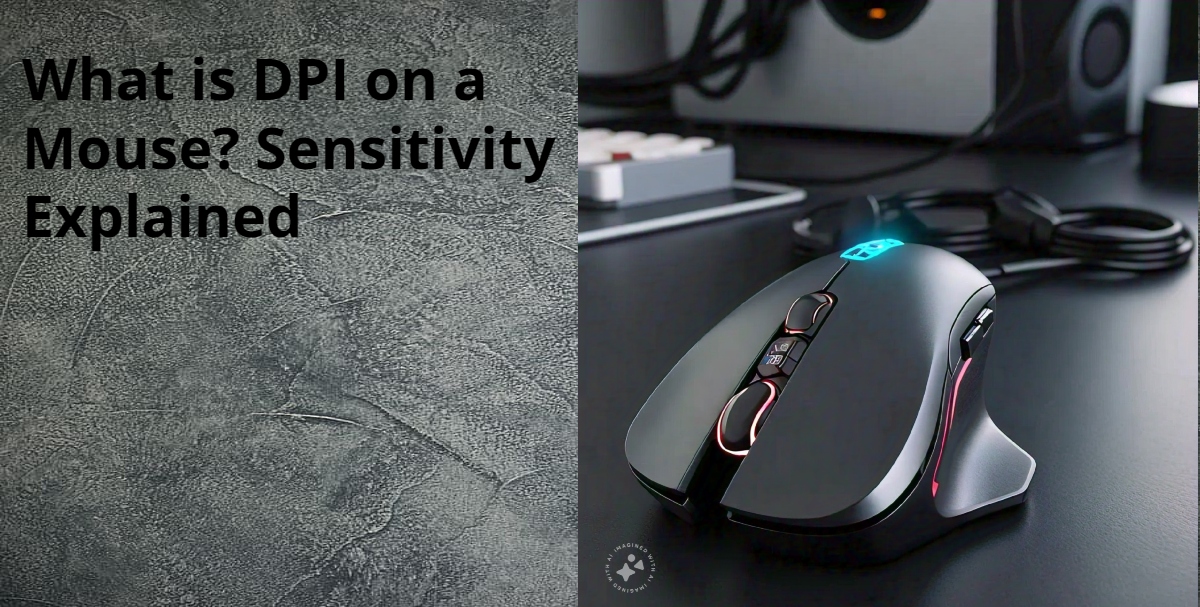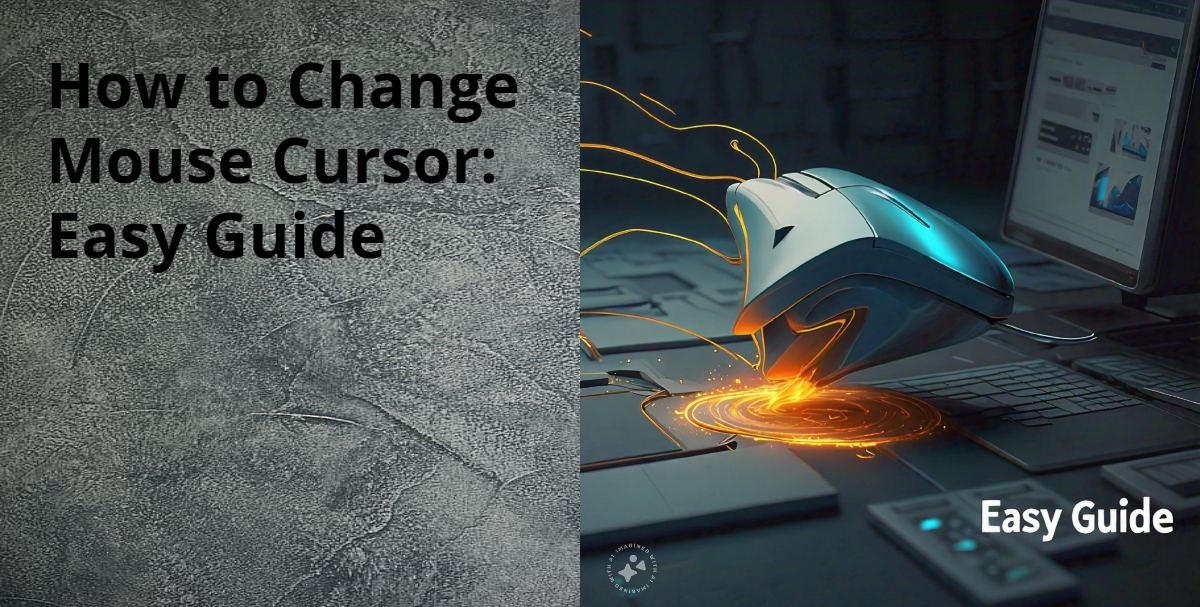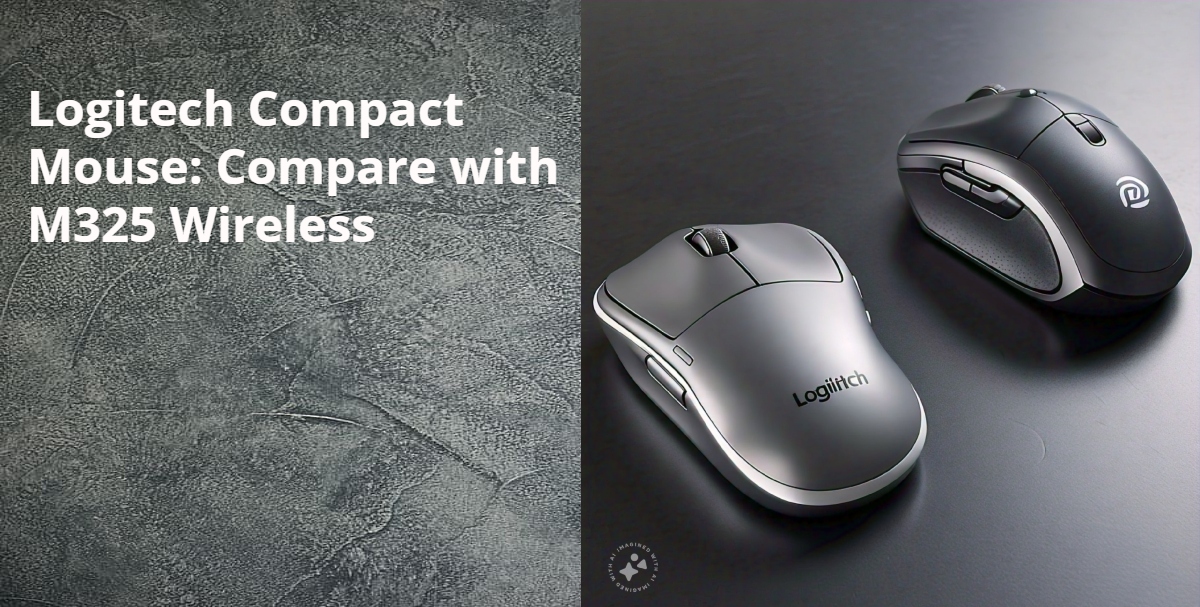Keeping your mouse pad clean is key for your computer’s performance and its life. It doesn’t matter if you have a cloth, plastic, or hard surface mouse pad. Cleaning it regularly is a must to keep your workspace clean and your mouse moving smoothly. We’ll give you simple tips and tricks to clean and maintain your mouse pad well.
Key Takeaways
- Regular cleaning is essential for maintaining a mouse pad’s performance and hygiene
- Proper cleaning methods vary based on the mouse pad material
- Using the right cleaning solutions can help remove built-up dirt and debris
- Drying the mouse pad thoroughly is crucial to prevent damage or growth of mold and bacteria
- Following a consistent maintenance routine will extend the lifespan of your mouse pad
Importance of Keeping Your Mouse Pad Clean
Keeping your mouse pad clean is key for your mouse’s performance and your health. Regular cleaning ensures smoother tracking and a better computing experience. It also keeps your mouse pad in top shape.
Impact on Mouse Performance
A dirty mouse pad hurts your mouse’s performance. Dust and dirt can mess with your mouse’s optical sensor. This leads to inaccurate tracking and less sensitivity.
This makes moving your cursor hard, making work on the computer tough.
Health and Hygiene Benefits
Keeping your mouse pad clean also makes your workspace healthier. Unclean pads can have germs, bacteria, and mold. These can cause health problems.
By cleaning your mouse pad often, you lower the chance of getting sick. It makes your workspace cleaner and healthier.
| Benefit | Description |
|---|---|
| Smoother Mouse Tracking | A clean mouse pad ensures accurate and responsive cursor movement, enhancing your overall computing experience. |
| Improved Hygiene | Regularly cleaning your mouse pad helps to eliminate the buildup of dirt, dust, and bacteria, promoting a healthier work environment. |
| Prolonged Mouse Life | Keeping your mouse pad clean can help extend the lifespan of your mouse by preventing wear and tear on the optical sensor. |
Understanding the need for a clean mouse pad boosts your computing experience. It improves your mouse’s performance and keeps you healthy at work.
How to Clean a Mouse Pad
Keeping your mouse pad clean is key for good performance and making it last longer. Cleaning a mouse pad is easy and can be done in a few steps. Let’s look at how to keep your mouse pad in top shape.
- Unplug the mouse pad from any devices and remove it from its current location.
- Gently wipe the surface of the mouse pad using a soft, lint-free cloth. This will help remove any surface-level dirt or debris.
- If the mouse pad has more stubborn stains or buildup, mix a small amount of mild detergent or soap with warm water in a bowl. Dip a clean cloth into the solution and gently scrub the affected areas, being careful not to soak the mouse pad.
- Rinse the cloth and wipe the mouse pad thoroughly to remove any leftover soap or detergent residue.
- Allow the mouse pad to air dry completely before reattaching it to your workstation.
For mouse pads with a textured surface, you may need to use a soft-bristled brush to gently agitate the material and lift any embedded dirt. Be cautious not to scrub too vigorously, as this could damage the delicate surface.
| Cleaning Steps | Recommended Tools |
|---|---|
| 1. Unplug and remove the mouse pad | – Soft, lint-free cloth |
| 2. Wipe the surface | – Mild detergent or soap |
| 3. Scrub stubborn stains | – Warm water |
| 4. Rinse and dry thoroughly | – Soft-bristled brush (for textured pads) |
By following these steps, you can ensure your mouse pad remains clean, free of dirt, and ready to provide a smooth, responsive surface for your daily computer use.
Cleaning Methods for Different Mouse Pad Materials
The way you clean your mouse pad depends on its material. Whether it’s cloth, plastic, or hard surface, there are special ways to keep it clean and in good shape.
Cleaning Cloth Mouse Pads
Cloth mouse pads are loved for their comfort and lasting use. To clean a cloth mouse pad, first brush off any dirt or debris. Then, use a mild detergent and warm water to remove tough stains. Don’t soak the whole pad in water, as it can harm the fabric.
Instead, use a damp cloth to clean the surface. Be careful not to soak the pad.
Cleaning Plastic or Hard Surface Mouse Pads
For plastic or hard surface mouse pads, cleaning is a bit different. You can clean them with a damp cloth and a bit of mild soap or cleaner. Gently wipe the surface, making sure not to let too much moisture get in.
You can also use a cleaning cloth made for mouse pads or electronics for a thorough clean without streaks.
It’s key to let your mouse pad dry completely before using it again. This stops water damage and prevents mold or mildew from growing.
Effective Cleaning Solutions
Keeping your mouse pad clean is key. The right cleaning solutions can make a big difference. You can choose from commercial products or make your own cleaners to keep your mouse pad clean and working well.
Commercial Mouse Pad Cleaners
Commercial cleaners are made just for this job. They have special formulas to remove dirt, oil, and grime without harming the surface. These come as sprays or wipes, making them easy to use for quick clean-ups. They might cost more than homemade cleaners, but they are convenient and work well.
Homemade Cleaning Solutions
If you want to save money or prefer natural cleaners, try homemade solutions. A mix of warm water and mild detergent or soap can clean your mouse pad well. Or, you can use white vinegar and water for a green option.
| Cleaning Solution | Pros | Cons |
|---|---|---|
| Commercial Mouse Pad Cleaner | Specialized formulasConvenient applicationEffective at removing dirt and grime | Can be more expensiveMay contain harsh chemicals |
| Homemade Cleaning Solution (Warm Water and Mild Detergent) | Cost-effectiveNatural, gentle ingredientsEasy to make at home | May require more elbow greasePotential for residue if not rinsed thoroughly |
| Homemade Cleaning Solution (White Vinegar and Water) | Eco-friendlyEffective at removing grimeLeaves no chemical residue | May have a strong odor during applicationRequires careful rinsing to avoid residue |
Choosing between commercial and homemade cleaners depends on what you prefer, your budget, and your mouse pad’s needs. Look at the pros and cons of each to find the best way to keep your mouse pad clean.
Drying and Maintenance Tips
After cleaning your mouse pad, make sure it dries well before you use it again. Keeping your mouse pad clean and well-maintained is key for its performance and long life.
Proper Drying Techniques
Using the right mouse pad drying methods is important to avoid mold, bad smells, and damage. Here are some tips on how to dry your mouse pad safely:
- Air Drying: Place your mouse pad flat in a spot with good airflow, but not in direct sunlight. Let it air dry fully, which might take a few hours to a day, based on the material and the environment.
- Cloth Drying: Use a clean, dry cloth to softly pat and absorb moisture from your mouse pad. Don’t rub or wring it, as that can harm the material.
- Fan Drying: Put a fan near the mouse pad to help air dry it faster. Use the fan on a low setting to avoid drying the pad too quickly, which could cause it to warp or crack.
Make sure your mouse pad is completely dry before you start using it again. If it’s damp, it can cause poor tracking, mold, and a bad experience for the user.
Maintaining a Clean Mouse Pad
To keep your mouse pad clean and make it last longer, follow these tips:
- Clean your mouse pad regularly using the methods talked about here.
- Don’t eat or drink near your mouse pad to avoid spills and stains.
- Use a clean mouse to stop dirt and oils from getting on the pad.
- Keep your mouse pad in a clean, dry spot when you’re not using it.
By using these how to dry mouse pad and care tips, you can keep your mouse pad in top shape for a long time.
Conclusion
Keeping your mouse pad clean is key for better mouse performance and a clean work area. This guide has given you easy tips to keep your mouse pad in top shape. This will boost your productivity and comfort at work.
Cleaning your mouse pad often helps your mouse work better and makes your gear last longer. It also keeps your workspace clean from dirt, dust, and germs. This is good for your health and well-being.
A clean mouse pad helps your tech and makes work better. Just spend a few minutes cleaning it to get a smooth mouse and a clean workspace. With this guide, you know how to keep your mouse pad clean and improve your computer experience.
FAQ
What is the importance of keeping your mouse pad clean?
Keeping your mouse pad clean boosts your mouse’s performance and keeps your workspace healthy. A clean mouse pad ensures your mouse moves smoothly and doesn’t get stuck. It also stops dirt, dust, and bacteria from building up, which can spread germs and harm your health.
How do I clean a cloth mouse pad?
Cleaning a cloth mouse pad is easy. Start by wiping it with a damp cloth or a mild detergent solution. Don’t soak the mouse pad in water to avoid damage. After cleaning, let it dry completely before you use it again.
What are some effective cleaning solutions for mouse pads?
There are many ways to clean your mouse pad effectively. You can buy special products made for this purpose, which have mild detergents or disinfectants. Or, you can make your own cleaner with water and a bit of mild soap or isopropyl alcohol.
How do I properly dry a mouse pad after cleaning?
After cleaning, make sure your mouse pad dries well before you use it again. Use a clean, dry cloth to blot the surface and soak up any extra moisture. Don’t use a hairdryer to dry it, as it could damage the material. Let it air dry fully before putting it back on your desk.
How can I maintain a clean mouse pad over time?
To keep your mouse pad clean, clean it regularly, like once a week or every few weeks, based on how much you use it. You might also think about using a mouse pad cover or protector. This helps keep the surface clean and makes it last longer between deep cleans.



